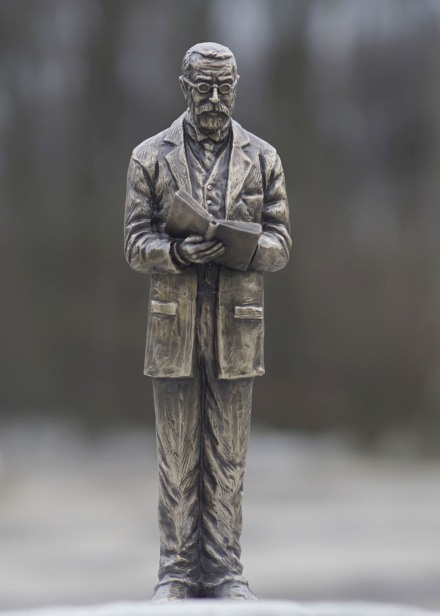Paul Ehrlich urodził się 14 marca 1854 roku w Strzelinie w zamożnej i poważanej rodzinie żydowskiej. Był drugim z pięciorga dzieci Ismara i Rosy Ehrlichów. Jego ojciec był agentem loteryjnym i producentem napojów alkoholowych, dziadek ze strony ojca – dzierżawcą, handlarzem zboża i destylatorem, a dziadek ze strony matki – Abraham Weigert – sukiennikiem i destylatorem. Dom rodzinny przyszłego Noblisty mieścił się w strzelińskim Rynku pod numerem 28 – po zachodniej jego stronie, przy skrzyżowaniu z obecną ulicą Zamkową.
W historii nauki zapisał się nie tylko jako zdobywca Nagrody Nobla, ale też jako twórca salwarsanu – pierwszego skutecznego lekarstwa przeciwko kile, nim wynaleziono antybiotyki. Opracował go z japońskim bakteriologiem Sahachiro Hata. Ehrlich uważany jest też za twórcę podstaw hematologii i chemioterapii. Rozwinął również technikę wykrywania prątków gruźlicy odkrytych przez innego znakomitego naukowca Roberta Kocha.
Mimo ogromnych sukcesów na polu naukowym pozostał skromnym człowiekiem. Podobno był roztargnionym bałaganiarzem, a jego największą słabością były cygara. I pewnie w dużej mierze to one przyczyniły się do jego przedwczesnej śmierci. Paul Ehrlich zmarł 20 sierpnia 1915 roku na zawał. Spoczął na cmentarzu żydowskim we Frankfurcie.










Visit Social media:
Share Social media: